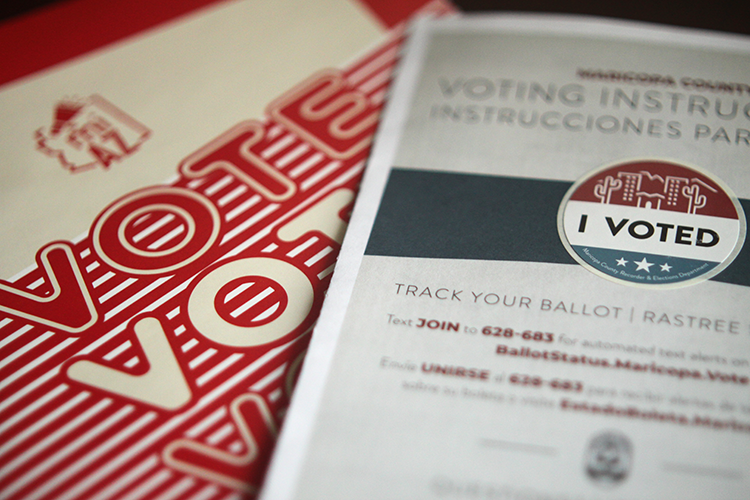New implicit-bias tool offers insight and answers

Photo courtesy of JC Law Group
The existence of implicit bias in the legal profession is both obvious and well-documented. In 2016, the American Bar Association Commission on Women in the Profession and the Minority Corporate Counsel Association partnered with the Center for WorkLife Law at the University of California’s Hastings College of the Law in San Francisco to conduct research to further understand law firm and in-house lawyers’ experiences of bias in the workplace. The research confirmed “many of the traditional diversity tools we have relied upon over the years have been ineffective.”
The study, You Can’t Change What You Can’t See: Interrupting Racial & Gender Bias in the Legal Profession, documents four specific biases against women and people of color:
- Prove-It-Again: Being forced to work harder than white male counterparts.
- Tightrope: A narrower range of behaviors is deemed acceptable.
- Maternal Wall: Bias against mothers.
- Tug of War: The conflict between different disadvantaged groups when only a limited number of opportunities are available.
Despite evidence that diverse workplaces perform better and lead to better financial results, the legal profession has been slow to respond. Conscious and unconscious biases are baked into the system through hiring, how career-enhancing work is assigned and how lawyers are evaluated and compensated. The report suggests organizational changes to reduce the impact of unconscious bias.
But there is also recent research on how individuals can uncover their implicit bias through meditative practices —which can lead to systemic change.
Facing unconscious bias
It caught me by surprise when I first took the Harvard Implicit Association Test, which measures unconscious bias. The test revealed I had many common biases: preferring younger people over older; people with lighter skin; and white people over black people.
My initial reaction was surprise, then denial. After all, I’m a person of color and a woman. Surely I couldn’t have bias against other minoritized groups? But this is actually a common phenomenon.
Certain types of mindfulness and meditation practices can impact implicit bias. Much of the research in this area focuses on a specific meditation called loving-kindness meditation. LKM has been shown to increase a person’s capacity to be compassionate.
LKM appears to strengthen our compassion toward people who are outside of our circle of trust.
A 2013 Yale study examined the impact of LKM on improving implicit attitudes toward members of stigmatized groups.
The researchers used Harvard’s test to measure implicit bias, concluding that actively practicing loving-kindness meditation significantly decreased implicit bias as opposed to merely discussing the concept. A 2012 study out of Stanford University demonstrated that compassion cultivation training, which utilizes LKM, significantly increased empathy.
Practice makes perfect
According to the Stanford study, compassion is a multidimensional process through four stages: the awareness of suffering, an affective concern for others, a wish to relieve that suffering and a readiness to relieve that suffering.
The six steps of loving-kindness mediation are:
- settling the mind through mindfulness meditation;
- bringing to mind someone you care about, noticing the feeling of compassion, offering words and thoughts of well-wishes;
- extending this sense of caring and compassion toward yourself;
- offering compassion toward others;
- bringing compassion toward all beings; and
- imagining taking away the suffering of others.
During LKM, you repeat phrases of well wishes toward the individuals or groups such as: “May you be happy, may you be healthy, may you live with ease, may you be free from suffering.”
I had the opportunity to take the CCT course at Stanford and found myself having to look at, examine and contend with my own blind spots. I looked at the people I surrounded myself with and the content I consumed more critically. I examined the books I read, the podcasts I listen to, the people I follow on Twitter. What surprised me was how homogeneous this population tended to be. I noticed a bias toward consuming media created by well-educated white males. Perhaps this is the part of implicit bias that is so insidious and difficult to change—the favoritism. It is not overt racism, sexism or ageism I struggled with, but rather that I favored those voices who were in the majority and therefore more familiar.
The legal profession is contending with the question of how to address implicit bias. Some states now mandate CLE on the topic. What is clear is that it is not enough to simply understand what implicit bias is. We need a tool like LKM to interrupt and acknowledge our own implicit bias—and more important, see how it harms minoritized groups. Only then can we create a more diverse and inclusive profession.
This article appeared in the June/July 2020 issue of the ABA Journal under the headline: “Tackling Implicit Bias: New tool offers insight, answers.”



